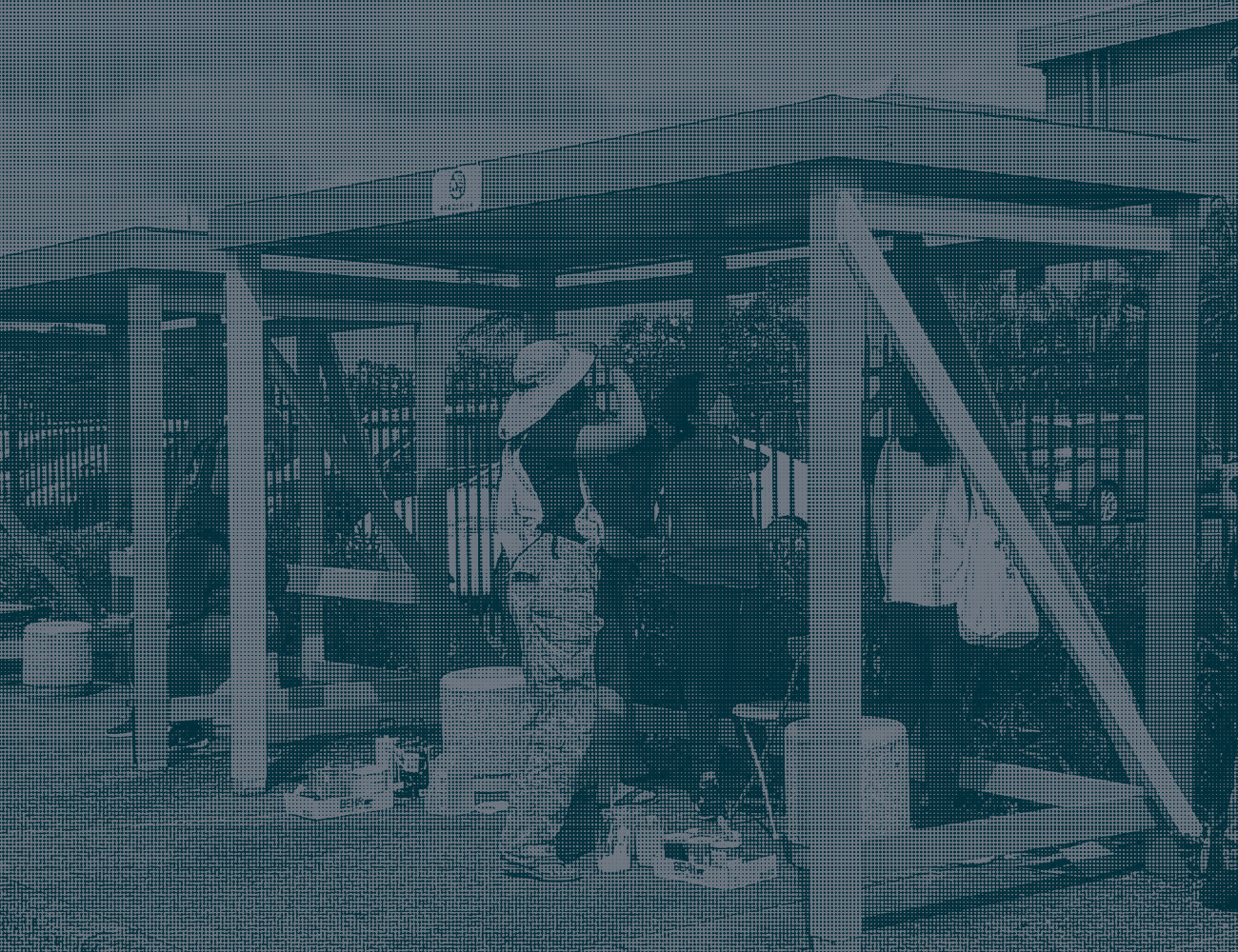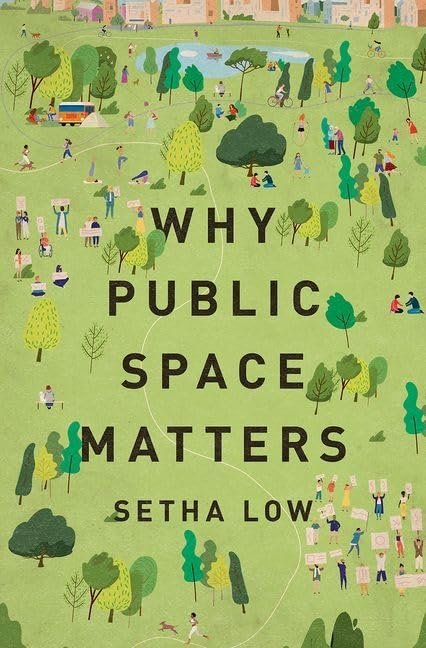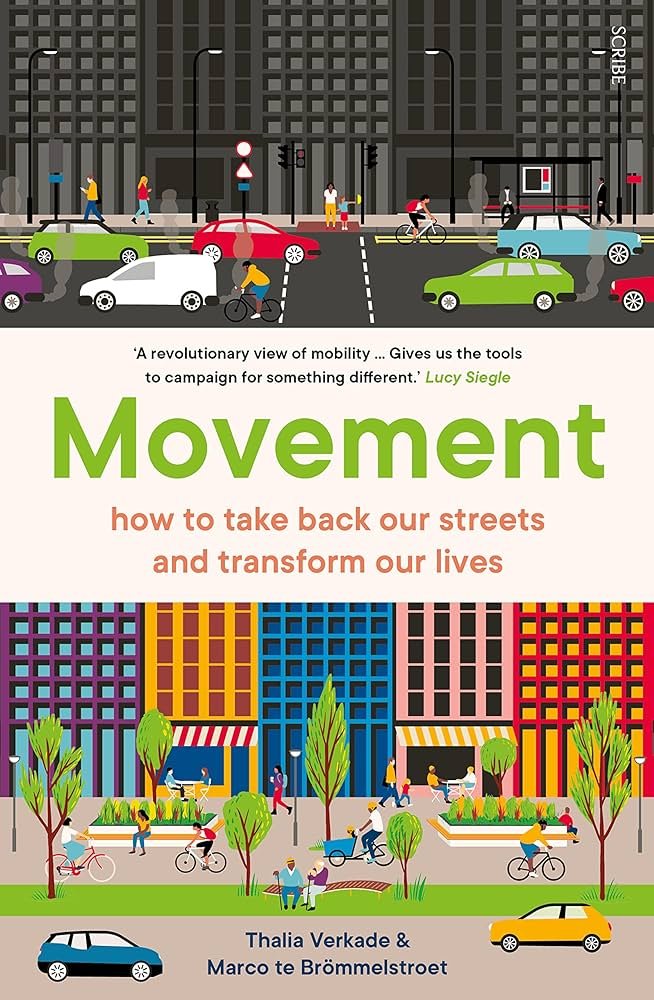Recommended Books

“Designing a city is easy; rebuilding a living one takes imagination.” - Jane Jacobs
“Designing a city is easy; rebuilding a living one takes imagination.” - Jane Jacobs
-

Happy City
“Happy City” by Charles Montgomery explores the intersection of urban design and human well-being, arguing that the way we design our cities profoundly affects our happiness. Montgomery examines case studies from cities around the world to demonstrate how factors such as walkability, public spaces, and social connections can enhance or detract from urban dwellers' quality of life. Ultimately, he advocates for city planning that prioritizes people's happiness and social interactions over purely economic or efficiency-driven goals.
-

Street Fight
"Street Fight" by Janette Sadik-Khan chronicles her tenure as New York City's transportation commissioner under Mayor Michael Bloomberg. The book details her bold initiatives to transform the city's streets, promoting pedestrian-friendly spaces, bike lanes, and improved public transportation. Through innovative approaches and overcoming resistance, Sadik-Khan illustrates how cities can reimagine urban spaces to prioritize people over cars, ultimately aiming to create safer, more vibrant streets for all.
-

Palaces for the People
"Palaces for the People" by Eric Klinenberg explores the concept of "social infrastructure," the physical spaces and community institutions that foster social connections and civic life. Klinenberg argues that well-designed libraries, parks, schools, and other communal spaces are crucial for addressing societal challenges like inequality, crime, and political polarization. By investing in these public resources, communities can build stronger, more resilient social bonds and improve overall well-being.
-

Why Public Space Matters
"Why Public Space Matters" by Setha Low delves into the significance of public spaces in urban environments, emphasizing their role in fostering community, democracy, and social interaction. Low combines ethnographic research with theoretical insights to illustrate how well-designed public spaces contribute to social cohesion and civic engagement. The book advocates for inclusive and accessible public spaces as essential components of vibrant, equitable cities.
-

Movement
Movement: How to Take Back Our Streets and Transform Our Lives by Thalia Verkade and Marco te Brömmelstroet is a three-year shared journey of discovery into the possibilities of our streets. It questions the choices and mechanisms that underlie the design of these public spaces and explores how they could be different: “How do we want to live together, Who do our streets belong to, what do we want to use them for and who gets to decide?”. It offers a different perspective on the street and challenges us to rethink our assumptions and initiate radical changes to transform our cities into more inclusive, sustainable and vibrant spaces.
-
Inclusive Transportation
In Inclusive Transportation: A Manifesto for Repairing Divided Communities, transportation expert Veronica O. Davis shines a light on the inequitable and often destructive practice of transportation planning and engineering. She calls for new thinking and more diverse leadership to create transportation networks that connect people to jobs, education, opportunities, and to each other.
-

Restorative Cities
"Restorative Cities" by Jenny Roe and Layla McCay explores how urban environments can be intentionally designed to enhance mental well-being and restore human health. The book delves into the concept of restorative environments—spaces that promote relaxation, stress reduction, and cognitive restoration through natural elements and thoughtful design. Through research and case studies, Roe and McCay argue for urban planning that prioritizes green spaces, access to nature, and inclusive design to create cities that support mental and physical health for all residents.
-

Cities for Life
In Cities for Life, public health expert Jason Corburn shares lessons from three of these cities: Richmond, California; Medellín, Colombia; and Nairobi, Kenya. Corburn draws from his work with citizens, activists, and decision-makers in these cities over a ten-year period, as individuals and communities worked to heal from trauma—from gun violence, housing and food insecurity, and poverty. Corburn shows how any community can rebuild their social institutions, practices, and policies to be more focused on healing and health. This means not only centering those most traumatized in decision-making, , but confronting historically discriminatory, exclusionary, and racist urban institutions, and promoting healing-focused practices, place-making, and public policies.


